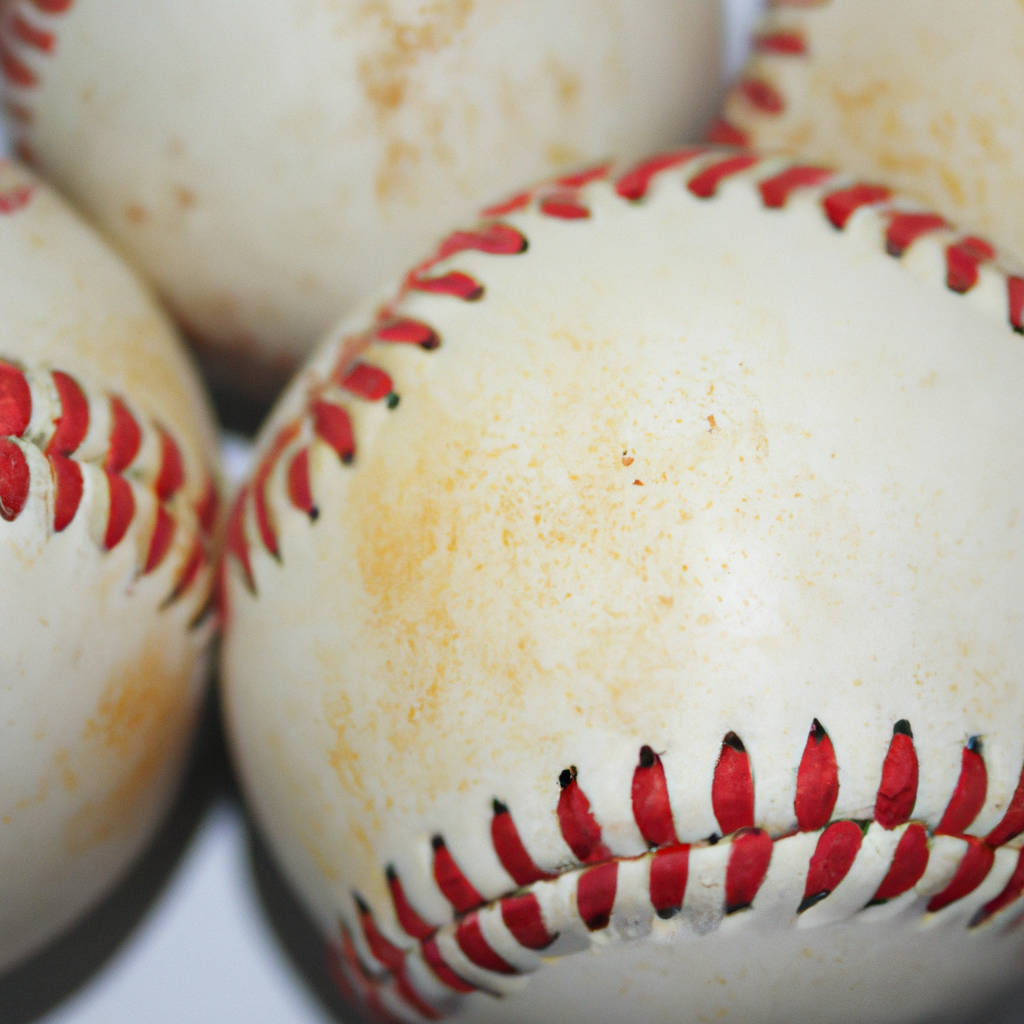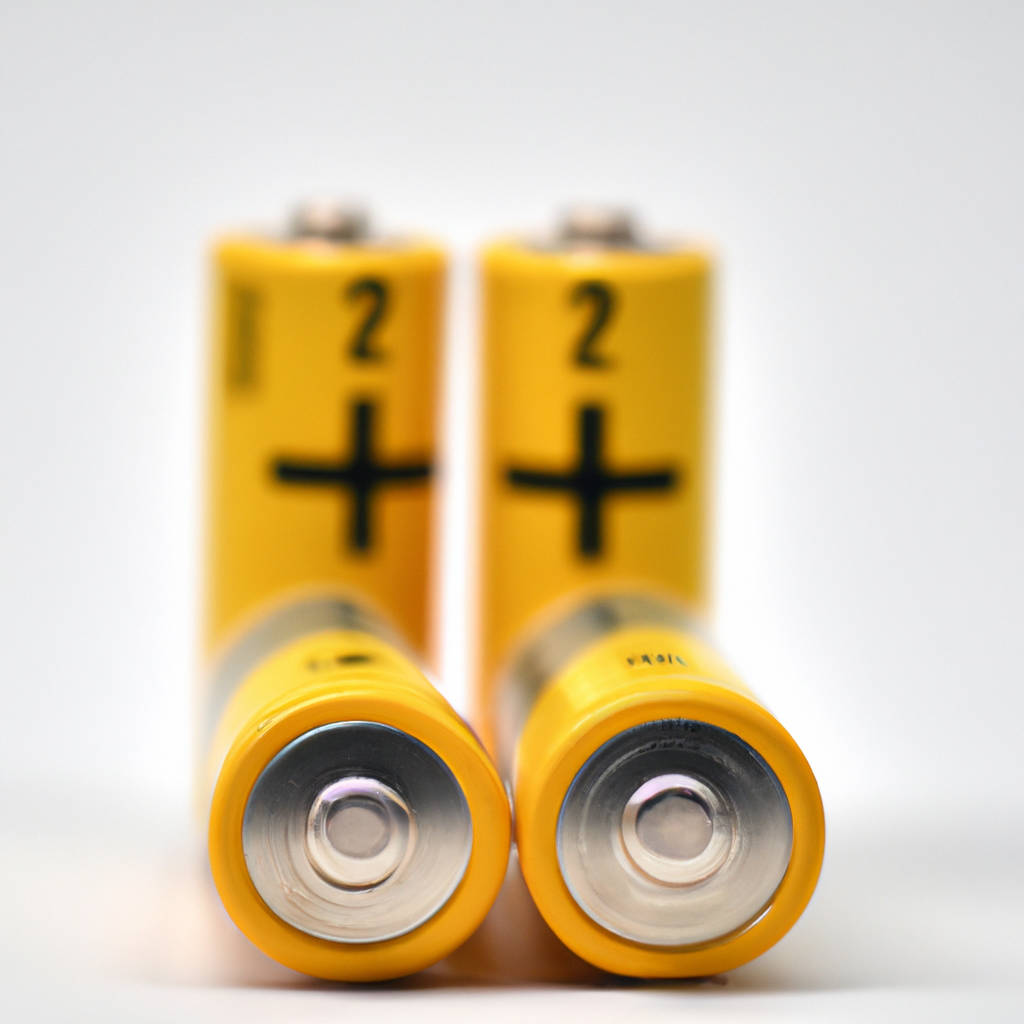Exploring everyday objects, you might be amazed to find out how many items measure a mere 5 centimeters. It’s a small size, but it’s perfect for many items we use daily. Firstly, consider a USB flash drive; they often measure around 5 centimeters in length, making them portable and easy to carry around. They’re small enough to fit on a keychain, yet they can hold a significant amount of data.
Next, look at a standard tea bag. When it’s sealed and packed, it’s typically around 5 centimeters in length. This size is perfect for steeping a single cup of tea, and it packs easily into boxes for distribution. A small, yet significant item in our life, a tea bag’s dimensions make it conveniently usable.
Another 5 centimeter item is a matchstick. Designed to be long enough to light without burning fingers, yet short enough to be easily controlled, its size is a result of practicality. Imagine trying to light a candle or start a campfire with a matchstick that was any shorter!
Also, think about a typical AA battery. It is around 5 centimeters long, a size that allows it to power numerous small electronic devices. From remote controls to wall clocks, AA batteries are a common power source for many everyday items, and their small size contributes significantly to the portability of these devices.
Finally, consider a tube of lip balm. Lip balm tubes are usually about 5 centimeters long, perfect for carrying in a pocket or purse. They’re designed to be compact and easy to use, with just enough product to last for a significant period of time.
In summary, a surprising number of everyday objects measure around 5 centimeters. From USB drives to lip balm, these items are designed with specific uses in mind. Their size makes them practical, portable, and effective. Whether it’s for convenience or necessity, these 5-centimeter items play a significant role in our daily lives.

Tiny Tools: Matchsticks
Matchsticks are a quintessential example of tiny tools that pack a big punch. They are small, slender pieces of wood or paper, tipped with a material that ignites when struck against a rough surface. While their most common usage is for lighting candles, gas stoves, or starting a fire, their applications extend much further. In fact, their versatility has allowed them to be used creatively across a range of activities.
For instance, in the field of arts and crafts, matchsticks are not just a tool but also a medium. Many artists have used thousands of matchsticks to create intricate sculptures and models, showcasing the level of detail that can be achieved with such a simple tool. They are also an essential part of survival kits. Whether you’re lost in the wilderness or experiencing a power outage at home, having a box of matchsticks can make all the difference.
Moreover, matchsticks are used in science labs to demonstrate various chemical reactions. The phosphorous tip of the matchstick can react with different elements to create distinctive colors and flames, which aids in understanding the properties of those elements.
Matchsticks are also an effective tool for teaching mathematics, especially to young children. They can be used to illustrate counting, addition, subtraction, and even more complex concepts such as fractions and geometry.
In essence, matchsticks are a testament to how something so small and seemingly insignificant can have a wide array of uses. They are a reminder that we shouldn’t overlook the value of tiny tools in our everyday lives. Even in today’s high-tech world, where digital devices often overshadow traditional tools, the humble matchstick continues to hold its ground. It serves as a symbol of simplicity, versatility, and reliability, proving that size doesn’t always equate to utility.
Sports Equipment: Baseballs
Baseball is a sport that is deeply rooted in American culture, and at its core is the baseball itself. This piece of sports equipment is meticulously constructed to ensure standardized quality and performance across different levels of the sport. A traditional baseball has a circumference of 9 to 9.25 inches and weighs between 5 and 5.25 ounces. The precise manufacturing of a baseball begins with a small rubber or cork sphere, wrapped tightly in yarn. This core is then encased in two pieces of white cowhide, stitched together with 108 red stitches. This exterior covering is carefully hand-stitched in a distinctive pattern, which not only gives the baseball its signature look, but also allows for the curved flight path or ‘break’ when a pitcher throws a curveball.
The baseball is an object of precision, designed to withstand the high-speed impacts and stresses of the game. The hardness and tightness of the baseballs are maintained to provide consistency in performance, allowing players to hit, throw, and catch with a predictable response. The baseball’s design also influences the style of play and strategy in the game. For example, the hardness of the ball can influence how far it travels when hit, and the seams can affect a pitcher’s grip and the ball’s flight path.
The quality and integrity of baseballs are vital to the game’s fairness and competitiveness. Leagues, such as Major League Baseball, have strict standards for the baseballs used in their games, and each ball is inspected before use. The baseball is not just a piece of sports equipment; it’s a crucial component that shapes the game’s outcomes and player performance. Therefore, the importance and impact of this seemingly simple piece of sports equipment cannot be underestimated in the realm of baseball.

Pocket Change: Coins
Pocket change, particularly coins, has evolved over centuries, reflecting significant cultural, economic, and historical shifts. They are more than just metal pieces used for transactions; they’re a tangible embodiment of a nation’s story, a miniature canvas featuring influential figures, national emblems, and significant moments in history. While some people find it inconvenient to carry them around due to their weight and size, coins are an essential part of our everyday commerce.
In many countries, a variety of coins are in circulation, ranging from lower denominations like cents, pennies or pence to higher ones like quarters, half dollars, or two pound coins. They are generally made from cost-effective metals such as copper, nickel, or zinc, although higher-value coins may contain silver or gold. The designs and inscriptions on coins often change over time, reflecting new monarchs, leaders, or commemorating important events.
The digital age has seen a decline in the use of physical currency, including coins. With the rise of digital wallets, debit and credit cards, and online banking, many transactions are now cashless. Despite this, coins continue to play a crucial role in society. They are particularly important for small-scale transactions at local shops, vending machines, parking meters, and laundromats.
For collectors, coins hold a different kind of value. Numismatics, the study or collection of currency, is a popular hobby worldwide. Collectors seek out rare or unusual coins, appreciating their historical significance and potential financial value. Some coins may be worth much more than their face value due to their rarity, age, or condition.
In conclusion, despite the shift towards a cashless society, coins remain an integral part of our lives. They serve a crucial role in commerce, have historical significance, and provide a unique hobby for collectors. As long as there’s a need for physical currency, pocket change – coins in particular – will continue to jingle in our pockets and purses.
Power Sources: Double A (AA) Batteries
Double A (AA) batteries are one of the most prevalent power sources in the world, utilized in a wide array of devices and equipment. They are cylindrical in shape and measure approximately 49.2-50.5 millimeters in length and 13.5-14.5 millimeters in diameter. AA batteries consist of a single electrochemical cell that can be either rechargeable or single-use. They are known for their versatility and affordability, making them a popular choice for many consumers.
The energy from AA batteries is derived through a chemical reaction. Inside each battery, a chemical reaction occurs between the zinc metal and manganese dioxide which results in the production of electricity. The energy generated by this reaction is then used to power various devices such as remote controls, toys, digital cameras, and many other household items.
There are various types of AA batteries available in the market, each with their unique characteristics. Alkaline batteries are the most common type, known for their long shelf life and high energy density. On the other hand, rechargeable AA batteries, such as Nickel-Metal Hydride (NiMH) or Lithium-ion (Li-ion), can be recharged hundreds of times, making them a cost-effective and environmentally friendly alternative to single-use batteries.
The capacity of an AA battery, which is measured in milliampere-hours (mAh), can vary greatly depending on the type of battery and the device it’s used in. A higher capacity means the battery can power a device for a longer period before needing to be replaced or recharged.
Overall, AA batteries play a crucial role in our daily lives. They provide a convenient and reliable power source for a multitude of devices, enabling us to carry out our tasks and activities with ease. Despite the emergence of advanced power technologies, the humble AA battery continues to hold its ground, proving its indispensability in our modern world.

Tee Time: Golf Tees
Tee Time: Golf Tees are essential components in the sport of golf, often neglected in the discussion of the game. Golf tees, small pegs used to uplift the golf ball for the initial strike, come in various sizes and materials. The standard tee size is 2.75 inches, but they can range from 1.5 inches to 4 inches. The height of the tee can impact the trajectory and distance of the shot, making it a crucial factor in the golfer’s strategy.
Traditionally, golf tees were made from wood, but modern tees are made from a variety of materials including plastic, bamboo, and even biodegradable options. Each material offers unique benefits. For instance, plastic tees are durable and can endure multiple rounds, while bamboo tees are environmentally friendly.
The design of golf tees has also evolved over time. While the traditional design is a simple peg, many modern tees feature a cupped top to cradle the ball, reducing friction on impact and potentially increasing distance. Some even have prongs or brushes as an innovative way to hold the ball and lessen the impact resistance, which can lead to longer and straighter drives.
Interestingly, the color of golf tees is not merely decorative. The different colors indicate the length of the tee, with red typically indicating the shortest and white the longest. This color-coding system is beneficial to golfers as they can quickly select the right tee for their shot.
In conclusion, golf tees may seem insignificant, but they play a vital role in the game of golf. Their design, size, material, and even color can all impact a golfer’s performance. Whether you’re a professional golfer or a weekend enthusiast, understanding the nuances of golf tees can help elevate your game.



